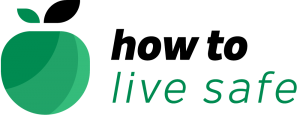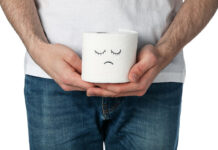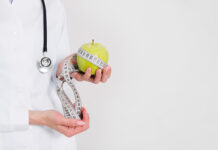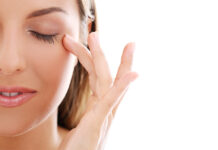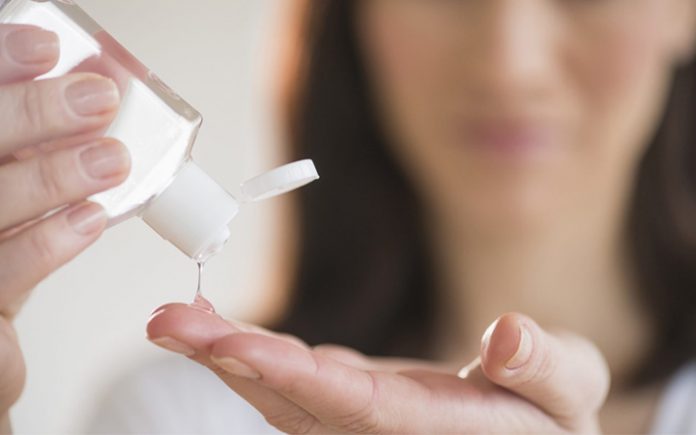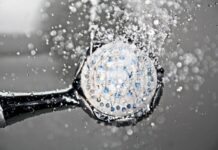Last Updated on January 15, 2021
Disinfection is an essential in-depth cleaning process that must be done regularly to ensure the proper decontamination of a particular space or surface.
This process is well established in health-care facilities and other public areas that can pose a danger to human health. But you should also regularly disinfect your house, your work desk, and your hands, for example.
It is necessary to have the appropriate products, techniques and cautions to ensure adequate disinfection. Otherwise, you will completely fail and potentially do more harm than good because when people think that a place is disinfected, they tend to be less careful, thus increasing the chances of contamination.
In this article, we will discuss some of the most common disinfecting mistakes so you can avoid them the next time you are cleaning your house. But first, let’s see what this process is all about.
What disinfecting means?
The Center for Disease Control and Prevention (CDC) defines disinfection as “a process that eliminates many or all pathogenic microorganisms [viruses, bacteria, fungi, and parasites], except bacterial spores, on inanimate objects.” It’s more rigorous than simply cleaning an object or surface and less than the process of sterilization.
This means that the main goal of disinfection is to prevent the spread of diseases. Or at least minimize the risk as much as possible. Therefore, if you do it the wrong way, you won’t be able to eliminate most pathogens.
1. Using Vinegar as a disinfectant
Many people think that vinegar is a disinfectant. Spoiler alert: it is not. Vinegar can be used as a household cleaner because acetic acid, its main ingredient, can break down dirt and grime and help you get rid of some types of germs.
However, this only means that vinegar can effectively clean a surface. Not disinfect it. The vast majority of dangerous pathogens will still survive on a surface even if you pour two liters of vinegar on top of it.
Period. Use other products, preferably those listed by the EPA (Environmental Protection Agency) as registered disinfectants.
2. Using natural disinfectants
There is no such thing as natural disinfectants. There are products advertised as such, sure, but they are nowhere near as useful in disinfecting as diluted bleach solutions or alcohol solutions. Those are the real disinfectants.
Of course, you can’t use these harsh products on all kinds of surfaces. In that case, natural disinfectants might be helpful. Just don’t expect them to eliminate all germs successfully.
3. Using disinfecting wipes
This product is extremely convenient. You can carry a small package of disinfecting wipes in your handbag and use them to clean surfaces such as door handles and shopping carts when you are in a public bathroom or at the supermarket. But you shouldn’t use them at home to clean a large surface.
Wipes aren’t exactly huge. So, they become dirty and filled with germs after a few rubs. The disinfectant substance also quickly dissolves. Use disinfectant spray instead.
4. Using the same rag on different surfaces
This mistake is unbelievably common. If you use the same cloth rag to disinfect more than one surface, you are doing the exact opposite.
The first surface might be properly disinfected. But all the subsequent ones are just being cross-contaminated. That is, you are essentially taking the germs from one surface and placing them in another.
Use a different rag every time you switch to a different surface. Afterward, throw them all inside the washing machine. It’s not that hard.
5. Not reading the instructions
A disinfectant cleaner is only useful when used the right way. And the right way is not the one you imagine it is. It is the one described in the product’s label.
Manufacturers extensively test their products to know exactly under which conditions they are most effective. That’s why cleaning products have precise instructions. And that’s why you should always make sure to follow them.
Your door handle won’t be properly disinfected if you wipe the disinfecting spray after a couple of seconds when the instructions clearly state that you should wait at least a couple of minutes.
Bleach disinfectant, for example, usually takes more than 5 minutes to kill viruses. If you didn’t know that, you are probably ignoring the labels.
6. Not washing your hands before disinfecting an object or a surface
You should wear a pair of disposable gloves when dealing with disinfectant products. They contain toxic substances that are harmful to your health and can cause skin damage.
However, that doesn’t mean that you don’t need to wash your hands before putting them on. If you don’t do it, you will be contaminating the gloves and everything you touch afterward.
To wash your hands properly, you only need water and soap. It is important to rub your hands together and scrub their entire surface for at least 20 seconds.
7. Not disinfecting the most dangerous items in your household
Disinfecting your house and ignoring some of the filthiest items inside is the same as not disinfecting anything. Picture the following situation:
Let’s imagine you have successfully disinfected your entire house. There’s not even one single pathogen left on all the surfaces you have cleaned. However, you forgot to clean the light switches and doorknobs.
You open your room’s door and turn on the lights to relax a little bit from all that cleaning. Your hand is already contaminated. From that moment on, every single thing you touch will also be infected. After a couple of hours, your house will be as filthy as it was the day before.
Besides the light switches and doorknobs mentioned above, remote controls and smartphones are some of the items that need to be regularly disinfected as well.
_
Remember that pathogens are invisible enemies. You can’t where they are nor if you have successfully eliminated them. There’s no visual feedback. That’s why it is essential to be careful and methodical. One small mistake or distraction can jeopardize all the work you have done, and the worst of all is you may never notice.
